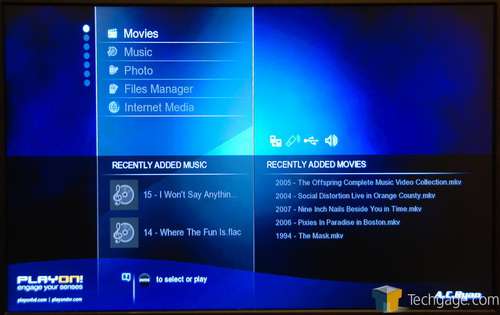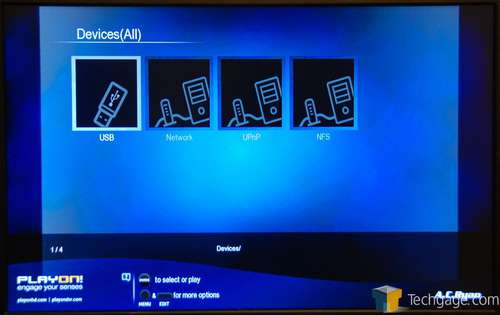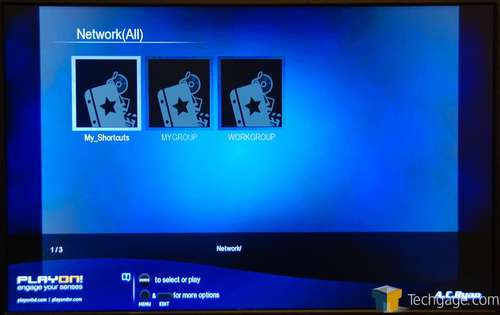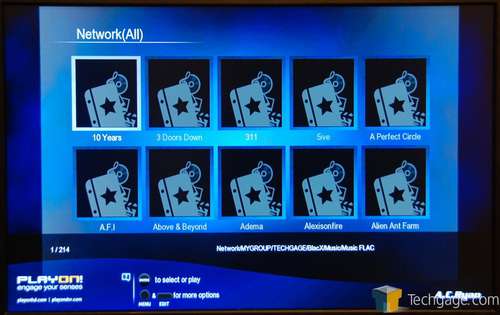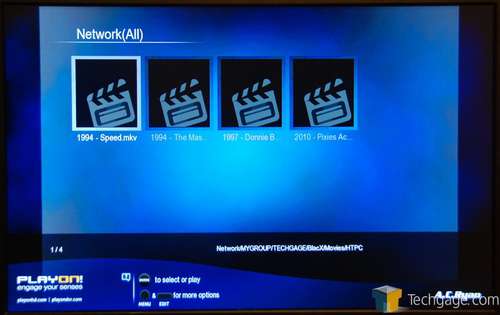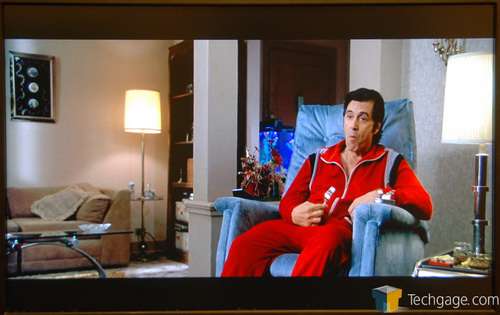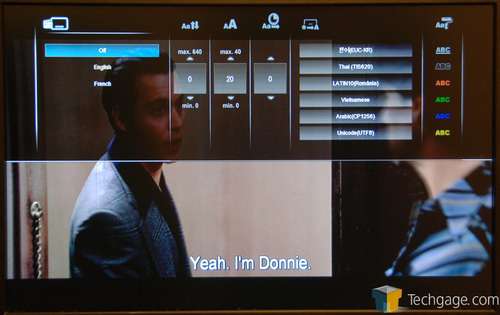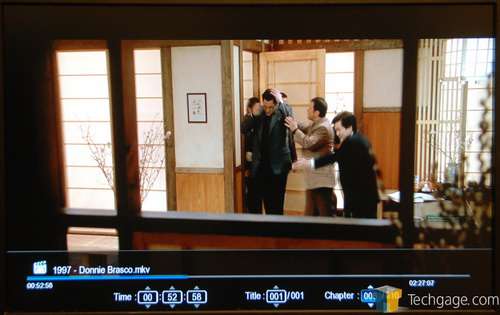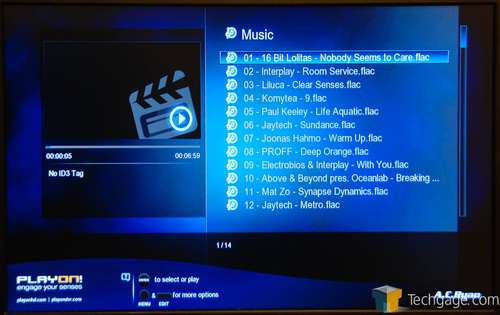- Qualcomm Launches Snapdragon 4 Gen 2 Mobile Platform
- AMD Launches Ryzen PRO 7000 Series Mobile & Desktop Platform
- Intel Launches Sleek Single-Slot Arc Pro A60 Workstation Graphics Card
- NVIDIA Announces Latest Ada Lovelace Additions: GeForce RTX 4060 Ti & RTX 4060
- Maxon Redshift With AMD Radeon GPU Rendering Support Now Available
AC Ryan Playon!HD Mini 2 Review
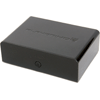
A lot has happened with AC Ryan’s Playon! line-up since I took a look at the original Mini last fall, with a GUI overhaul being the most noticeable and important change. There are a ton of new Internet features packed in as well, and thanks to the addition of a 1Gbit/s LAN port, your high bitrate content will have more room to breathe.
Page 2 – GUI, Media Streaming
This past winter, AC Ryan teased us with a preview of it’s then-upcoming Playon! GUI interface, and I’ll admit that for me, it was love at first sight. While an eye-pleasing GUI isn’t the most important thing that a media player can offer, one that’s clean, nice to look at, and intuitive can add a lot to the overall experience.
Do you really want to have friends over to watch a movie and then scroll through an interface that a digital cable provider would have shrugged off ten years ago? There’s a reason companies like Apple meticulously refine the GUI for their smartphones… it’s a good chunk of the experience.
That said, the updated GUI AC Ryan brought to the Playon!HD 2 series is nothing short of deserving a “wow”. Never would I have expected to see a user interface like this given the interface of the original models, but it’s been done.
The interface is predominantly blue, and is without question one of the sharpest-looking media player GUIs I’ve seen. On the starting page, there are seven menu entries to peruse, with content recently added to your libraries found on the bottom-half of the screen. There are four icons to the right of the menu that represent a wired and wireless connection, USB connectivity and also the volume level.
The Movies, Music and Photo sections will not work unless there are files added to the library. If a USB device is plugged in, the Playon!HD Mini 2 will scan the media (automatic scanning can be disabled) and add all compatible files to the respective library. Unfortunately, I haven’t figured out how to easily add content to these libraries from network shares. This leads me to the first ‘con’ about this device.
From what I can tell, the only way to get around this issue is to create links on a thumb drive to a network share and then telnet into the mini 2 to configure it as needed. This, as far as I am concerned, is ridiculous, and I hope to see this limitation rectified in the future.
To access media outside of the given libraries, the Files Manager section is where you want to be. Here, you can access the USB storage along with all sorts of network share types. For all testing, I streamed content through a SAMBA share under my Linux OS and it worked beautifully.
At the moment, my Windows PC refuses to be discovered on my network (a problem I’ve spent too much time attempting to fix), which leads me to another feature that would be mega-appreciated on a device such as this. While my PC refused to be discovered, I would have been able to access it if I could manually type in the network address (eg: \TECHGAGE-PC). This is an issue that’s not going to affect a lot of people, but problems like these are not uncommon, so this is a simple feature that could save the day for some.
After accessing a share, you can follow the usual folder structure to go find the media you want to use. In my case I was accessing some external storage that was connected to my PC, but any storage mounted via a network share would become accessible just the same.
One of the more subtle but major enhancements the Playon!HD Mini 2 experienced is an upgraded LAN port to support 1Gbit/s transfers. This is important because it gives us more breathing room and lessens the chance of our movie stuttering if someone else decides to hog the network either with Internet or Ethernet traffic.
Snapping photos of a media player in action isn’t difficult per se, but it’s impossible to take pictures that are going to accurately portray the quality you’ll experience. I’m happy to say that I found nothing to be lacking here, and all content I viewed looked just as good as I’d expect it to.
The first movie file I ever test on a media player is a personal rip of Donnie Brasco, as I ripped it to insane standards and the overall file weighs in at 25GB. As you might be able to tell from the photo below, it looks quite good in action:
Pushing the subtitles button will bring up an overlay that will allow you to not only change the language but also the color, charset, orientation and even the size! Given the fact that subtitle defaults are often less-than-ideal, the ability to customize what you see is rather impressive. Though, it should be mentioned that not all subtitle formats are supported for this added customization.
Pushing the ‘Goto’ button will bring up another overlay; this time at the bottom of the screen. Here, you can choose to jump to a specific time, change the title or the chapter. This is a feature that I have found to be unparalleled with this device… no other media player compares.
Even through the network, a new chapter would be reflected within one second of choosing it, with no sort of distortion or lag. As for fast-forwarding, that’s another feature done well here. Even at 32x, the picture was not distorted and I never once had the video ‘stick’ on me, which I’ve had happen on almost all media players I’ve tested to date.
Listening to music is standard fare, though as the Playon!HD Mini 2 doesn’t grab album art from the Internet, you’ll need to provide your own. The same rule applies to videos as well.
On the next page we’ll take a look at some of the Playon!HD Mini 2’s Internet features and also the in-depth setup section.
Support our efforts! With ad revenue at an all-time low for written websites, we're relying more than ever on reader support to help us continue putting so much effort into this type of content. You can support us by becoming a Patron, or by using our Amazon shopping affiliate links listed through our articles. Thanks for your support!




